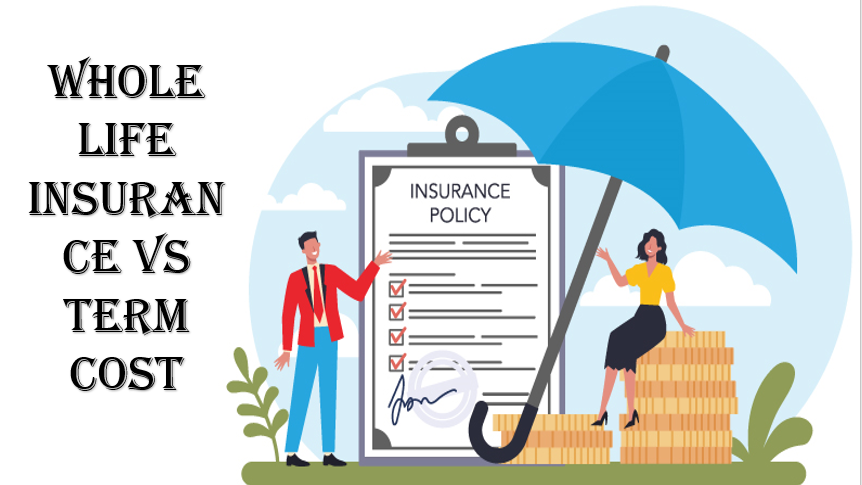Whole life insurance and term life insurance depend on the needs of the individual. Whole life insurance provides lifetime protection to the policyholder while term life insurance is only for a fixed period such as; 10, 20, or 30 years. What is better in whole life insurance vs term cost depends on your financial needs.
- It can be several times higher than the term life for the same coverage amount.
- Carefully consider the fees associated with accessing cash value in whole life insurance policies.
Key Considerations for whole life insurance vs term cost

Whole Life: Lifetime Coverage with a Cash Value Twist
It provides lifetime coverage, meaning it pays a death benefit whenever you die. But it also builds cash value over time. This cash value grows at a fixed or variable rate (depending on the policy) and can be accessed through loans or withdrawals.
Term Life: Pure Protection, Low Price
Term life acts like a life jacket in specific circumstances. It provides coverage for a fixed period of time (10, 20, or 30 years) at a significantly lower premium than whole life. Because it only pays a death benefit if you die within the term.
Cost Competitors: Whole Life Insurance vs. Term Cost
Premiums
Term life is the clear winner. Since it only covers you for a certain amount of time, the premiums are significantly lower. You are essentially paying for a specific period of protection.
Cash Value
Whole life comes out on top here. The cash value component allows you to borrow against the policy or withdraw funds (with some limitations). This can be a great financial safety net, but remember, accessing the cash value reduces the death benefit payout to your loved ones.
Conclusion: Consult with the policyholder who can help you understand your options and choose a policy that best suits your financial goals and needs.
